 The Regency Romance; the story of the Light Division romances is my attempt to explain how I came to be writing in apparently very different genres, and even more unlikely, how I came to link the two. On the surface it seems that the military theme of the Peninsular War Saga is very different to the comedies of manners of the Regency novels. A closer look shows that there are very obvious links.
The Regency Romance; the story of the Light Division romances is my attempt to explain how I came to be writing in apparently very different genres, and even more unlikely, how I came to link the two. On the surface it seems that the military theme of the Peninsular War Saga is very different to the comedies of manners of the Regency novels. A closer look shows that there are very obvious links.
Of all historical novels, Regency romances seem to be one of the most distinctive genres, and although their popularity has waxed and waned they have never completely gone out 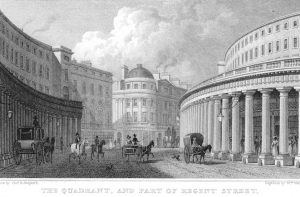 of style. Set approximately during the period of the British Regency (1811–1820) they have their own plot and stylistic conventions. Many people think of Jane Austen when Regencies are mentioned and certainly her novels are set in the right period, but of course she was writing as a contemporary not as a historian.
of style. Set approximately during the period of the British Regency (1811–1820) they have their own plot and stylistic conventions. Many people think of Jane Austen when Regencies are mentioned and certainly her novels are set in the right period, but of course she was writing as a contemporary not as a historian.
It has always seemed to me that Georgette Heyer was the mother of the current Regency  genre. She wrote more than twenty novels set during the Regency, between 1935 and her death in 1974 and her books were very much like a comedy of manners. There was little discussion of sex, understandable given the different views of her generation, and a great emphasis on clever, quick witted dialogue between the characters.
genre. She wrote more than twenty novels set during the Regency, between 1935 and her death in 1974 and her books were very much like a comedy of manners. There was little discussion of sex, understandable given the different views of her generation, and a great emphasis on clever, quick witted dialogue between the characters.
These days, Regencies seem to be divided into two sub genres. There are the traditional Regencies which are similar to Heyer’s originals, and a more modern Regency historical genre. Many authors do not seem to confine themselves to one of these two types but may move between the two. Both are currently popular.
Traditional Regencies emphasise the main romantic plot. They play close attention to historical detail and take care to replicate the voice of the genre. There is a good deal of research for writers of traditional Regencies. Heroes and heroines generally remain within the accepted rules and conditions of the period and although their may be some sex it is very likely that the action stops at the bedroom door, probably at the proposal of marriage.
The more modern Regency historical novels break more rules. They may be set during the time period but not necessarily in high society with an insight into life outside of the world of wealth and privilege inhabited by Georgette Heyer’s characters. They may also include characters who behave in a more modern way, particularly when it comes to sexual behaviour and moral values. The style can be very different to the more traditional works. There is another sub genre, the sensual Regency which has become very popular in recent years. These novels are far more explicit than the traditional Regency and the sexual relationship between the hero and heroine is key to the book.
There are some elements which are likely to crop up in all genres of Regency novels. Many are set in, or will refer to the Ton, which means the top layer of English society. They revolve around social activities such as balls, dinners, assemblies and other common pastimes. Men are often involved in sporting activities. There are detailed descriptions of fashion and a consciousness of social class and the rules of behaviour. The difference between them is that in traditional Regencies the heroine is likely to stick to them; in the modern genre pretty much anything goes.
The shift in the genre seems to have come about because of a slump in the popularity of Regencies in the 1990s. Some authors began incorporating more sex into their novels and while lovers of traditional Regencies disliked it, publishers and readers seemed to approve and the Regency novel got a new lease of life.
I grew up reading Georgette Heyer and owned every one of her books in paperback – I still have some of them and still read them from time to time. They are, for me, the ultimate comfort book – the only other series which comes close are P G Wodehouse’s tales of Jeeves and Wooster. These are the books I’ll turn to if I’m ill or miserable or sometimes just because my brain hurts and I can’t focus on anything else. They are written to entertain and with their quick dialogue and comedic moments they never let me down.
I wrote my first Regency novel for the Mills and Boon market during the years I was trying to find a traditional publisher. I’d tried several other novels, including at least two contemporary ones which are never going to see the light of day again, and had joined the Romantic Novelists Association new writers scheme. After very positive feedback on both A Respectable Woman and A Marcher Lord it was suggested that I try to adapt these to Mills and Boon. I did try, but it couldn’t be done. It appeared that I simply could not have a heroine who defended herself very capably against attack; it was the job of the hero to rescue her and Jenny Marchant simply wouldn’t wait. In fact she was more likely to do the rescuing. Philippa Maclay was even worse, she didn’t make it through two chapters without doing something so appalling that it put her beyond hope of redemption. If I rewrote these characters then I would be writing a different book. I gave it up and decided to start from scratch.
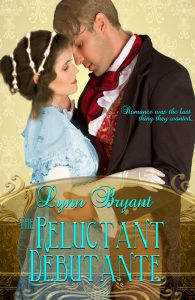 Out of that decision came Cordelia Summers and Giles Fenwick of The Reluctant Debutante. Once I got into the swing of it I really loved writing this book. It’s fun and fairly light hearted. I was already doing a lot of research into the period for my series set during the Peninsular war and that fitted very well with a Regency so it wasn’t that much extra work. And the fast paced dialogue and witty characters of the Regency genre exist in all my books, no matter which period they’re set in. I realise that those years of reading Georgette Heyer and Dorothy Dunnett have affected the way all my characters speak. They may have different accents and different levels of education, but most of them are smart mouths.
Out of that decision came Cordelia Summers and Giles Fenwick of The Reluctant Debutante. Once I got into the swing of it I really loved writing this book. It’s fun and fairly light hearted. I was already doing a lot of research into the period for my series set during the Peninsular war and that fitted very well with a Regency so it wasn’t that much extra work. And the fast paced dialogue and witty characters of the Regency genre exist in all my books, no matter which period they’re set in. I realise that those years of reading Georgette Heyer and Dorothy Dunnett have affected the way all my characters speak. They may have different accents and different levels of education, but most of them are smart mouths.
I had a lovely response from Mills and Boon on the Reluctant Debutante. It was a no, but a very detailed no. They liked the setting and the characters and even the plot, but once again my characters let me down. There was not enough internal conflict between them, it seemed; most of their difficulties were external and their way of overcoming them was not dramatic enough. Could I rewrite it to include more conflict between Cordelia and Giles?
I did try. I wrote a selection of scenes for them. The trouble was, trying to fit them into the book made no sense whatsoever. I’d already created these people and their responses to events grew out of their essential character. Cordelia might have flatly refused to see Giles after their quarrel and there could have been weeks of agonising and misunderstandings. But there wasn’t. Cordelia was as mad as a wet hen but once she saw him again, she didn’t have it in her not to listen to his explanation. She’s a practical girl with a wealth of common sense. She simply can’t behave like a drama queen.
So Giles and Cordelia remained as themselves and I published the book pretty much as I’d originally written it, with the removal of one or two completely gratuitous sex scenes which didn’t seem to add anything to the plot. For a while, it was my bestselling book, although the Peninsular War Saga has long overtaken it. This inspired me to write a second Regency, A Regrettable Reputation. It was only while writing this, that it occurred to me, that a link between my main series and my Regencies was not only possible, but made a good deal of sense. The two heroes of the Regencies both turn out to be former Light Division officers, and I have enjoyed incorporating references to their army days and characters from the other books.
After the publication of A Regrettable Reputation, however, some of the dangers of this became clear. I realise that for readers who do move between the two series, I have introduced a number of spoilers about who survived the war. Thus far it hasn’t caused too many problems, but it is the reason why I’ve not carried on with the series yet. I’d like to do more, but I think I need to finish the Peninsular War Saga first. I’m already jumping backwards and forwards in time between the main series and the Manxman naval spin off. Any more time travel and my head will explode, I’ve no idea how Diana Gabaldon does it…
All the same, I enjoyed writing my Regencies. I’ve recently spent some time re-editing both of them and am working on new covers which should be out very soon. The new editions came about for different reasons. There are some changes to the end chapters of A Regrettable Reputation based on research I did for An Unwilling Alliance. I realised that what I had written as a military court martial should almost certainly have been a civilian criminal trial, and although none of my readers ever complained, once I knew I’d made a mistake, it bothered me. The changes do nothing to alter the plot, but the new version is more historically accurate.
The rewriting of The Reluctant Debutante was more of a difficult choice and I spent a long time thinking about it. When I first wrote this book, it was a standalone novel and it was only later on that I came up with the idea of incorporating it into a spin-off series to the Peninsular War Saga. Giles was written as a Waterloo veteran and a former exploring officer and it wasn’t that much of a stretch to imagine him coming through the 110th prior to that.
Once I had the idea, the temptation was irresistible. I wrote the prequel to this novel last year, A Regrettable Reputation, and the Light Division Romances were born. I made a few minor adjustments to The Reluctant Debutante and left it alone. For a long time, it was my most popular novel, a tribute to the enduring popularity of the Regency genre. But as an author, it was my least favourite book.
During a break between the publication of An Untrustworthy Army and the writing of the second book in the Manxman series, This Blighted Expedition, I decided to revisit my first Regency and try to work out what I disliked about the book. There were one or two obvious things. Having written the book as a completely separate entity to the series, there were some names which were far too similar to those in my other books and several readers had complained of confusion. Those were easy to change.
I also felt, with hindsight, that the end of the book was too rushed. It was as if the happy ending was in sight and I just wanted to get it over with. I’ve rewritten the last few chapters fairly extensively now, not changing anything about the plot, but giving both Giles and Cordelia space to enjoy their ending as well as giving a voice to one or two minor characters who deserved it. I’m much happier with it now.
The biggest change for me, however, is in the opening chapter, when Giles and Cordelia first meet in a wayside inn. At least two reviewers complained about this scene where Giles, appallingly drunk, grabs hold of Cordelia and kisses her against her will, complaining that it was a sexual assault and that it put them off the book entirely. I’ve had a few bad reviews for many of my books, but these two always bugged me. I was not willing to go away and rewrite the book as a knee-jerk reaction to the #MeToo movement, since I am very sure that what was considered sexual assault in 1818 was very different to now. That does not make it right. It does make it real.
At the same time, I knew that scene wasn’t right for me as a writer. The scene is hardly original; I can think, off the top of my head, of at least two occasions where Georgette Heyer used something similar, and it has been the starter for endless other historical romances. Thirty years ago, when Bodice Rippers were popular, it wasn’t unheard of for the ‘hero’ to go a lot further and still manage to hold the sympathy of the reader. But not this reader.
I was also aware that sexual assault of a far more serious nature has featured in several of my other books and nobody has ever complained about it. Reviewers and readers have talked about how distressing it was but have praised my treatment of the subject in fiction. Nobody has ever suggested I have taken the subject lightly and that is probably because I haven’t.
There is also an incident in An Unconventional Officer which could be compared to this one. Finding himself alone with a very pretty girl in a snowstorm, Major van Daan thanks her for tending to his injury and kisses her. It is completely inappropriate given that he is married, but the kiss is very gentle and very light-hearted and there is never a sense that he would have done anything more without a good deal of encouragement. Once again, nobody has ever complained about this scene; it’s actually a pivotal point in Paul’s life.
That, I realise, was the problem with Giles’ drunken assault on Cordelia. It could probably have happened in another book with another writer but it wasn’t right for me. And it definitely wasn’t right for Giles Fenwick, who could not have served under Colonel Paul van Daan and survived it, if he was in the habit of getting drunk and grabbing hold of passing females. The scene was a somewhat lazy plot device which was disrespectful to both my hero and my heroine.
It has taken me time to rewrite that scene, because I didn’t want to leave it out entirely. That first meeting was too important to the future relationship of the hero and heroine. I also wanted the book to be something of a journey of redemption for Giles. After Waterloo he was almost certainly suffering from what we would now call PTSD and meeting Cordelia is the beginning of his journey back into the world. I wanted him to make that journey, but I didn’t want him to behave so badly that his redemption became unbelievable.
I think I’m happy with the result now. The meeting in the inn, although initially somewhat alarming for Cordelia, has lost the sense of menace and fear and feels playful, more flirtatious. The moment Giles steps back and apologises, the reader has a sense of his charm as well as his essential good-nature. He is behaving very badly by the rules of 1818 society, but so is Cordelia, in choosing to take advantage of her moment of unexpected attraction to a stranger she never expects to see again.
When he is sober, Giles is embarrassed. He knows he has behaved badly and it has thrown into sharp focus, the effects of his heavy drinking. He is also uncomfortably conscious of how most of his army friends and his commanding officer from the 110th would view his conduct. Possibly for the first time, Giles realises that he needs to stop and to reassess his behaviour.
I hope new readers enjoy this revised edition of The Reluctant Debutante. The Light Division romances are in many ways, a different genre to the Peninsular War Saga, but they do share common characters and I think, a common theme. My hesitation in rewriting this book was due to my concern about attributing modern sensibilities and attitudes to early nineteenth century characters. Most historical novelists do this to some degree, often by simply leaving things out, but I hope that I have achieved enough of a balance to made Giles and Cordelia both believable and likeable. Certainly I like him a lot more now.
Both books of the Light Division Romances are currently available free on Amazon kindle here.

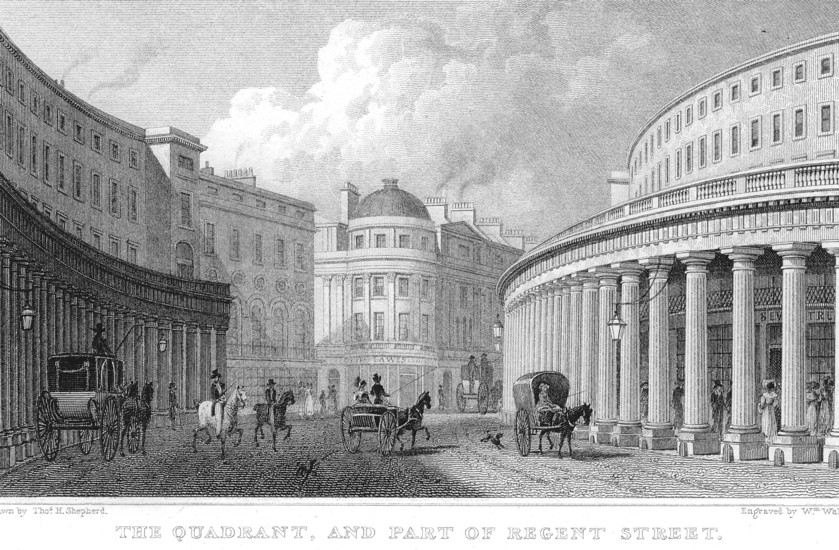
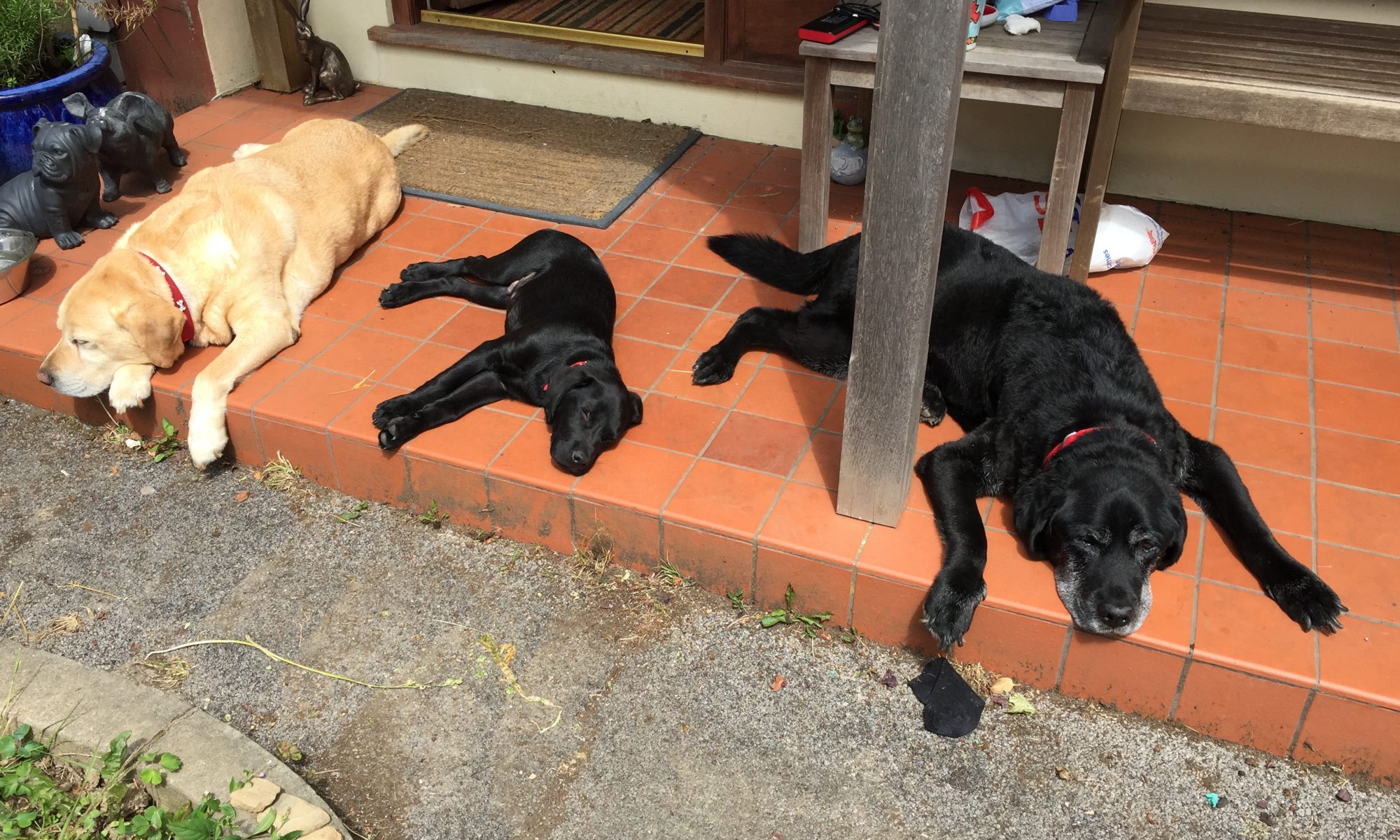
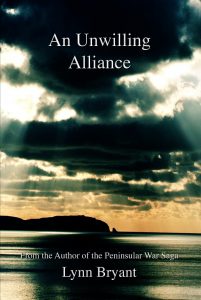 2018 saw the publication of two new books. The first of these, which came out in April, was
2018 saw the publication of two new books. The first of these, which came out in April, was  The second book of 2018 was
The second book of 2018 was  Richard and I went on a tour of the Pyrenees in April, to research Vitoria and the Pyrenees campaigns. We had a great time and toured a few battlefields although I suspect we ate and drank rather better than Wellington’s army in 1813. I’m really looking forward to the next few books, as the Pyrenees give a lot of scope for the 110th to really get itself into trouble. We also spent a week in Northern Ireland in the summer, which was beautiful and set off a whole new sub-plot involving the United Irishmen and Michael O’Reilly in my over-active brain. Watch this space for that one, it’s happening sometime.
Richard and I went on a tour of the Pyrenees in April, to research Vitoria and the Pyrenees campaigns. We had a great time and toured a few battlefields although I suspect we ate and drank rather better than Wellington’s army in 1813. I’m really looking forward to the next few books, as the Pyrenees give a lot of scope for the 110th to really get itself into trouble. We also spent a week in Northern Ireland in the summer, which was beautiful and set off a whole new sub-plot involving the United Irishmen and Michael O’Reilly in my over-active brain. Watch this space for that one, it’s happening sometime. On a personal level, it has been a mixed year at Writing with Labradors. Luka, our leopard gecko died early in the year at the age of twelve. She was my son’s eighth birthday present and for many years her tank lived in his room. Later she moved into my study and would sit watching me work for hours, during the evenings after her feed.
On a personal level, it has been a mixed year at Writing with Labradors. Luka, our leopard gecko died early in the year at the age of twelve. She was my son’s eighth birthday present and for many years her tank lived in his room. Later she moved into my study and would sit watching me work for hours, during the evenings after her feed. In May, our lives were lit up by the arrival of Oscar, our new baby black labrador. Oscar is completely gorgeous and has fitted into our family as if he’d always been there. He and Joey bonded immediately and are completely inseparable. Toby was a bit more aloof to start with, but quickly fell in love, and the three of them had the most marvellous time through the early summer months. The weather was hot and sunny and we practically lived outside, reading, writing and watching the three dogs playing.
In May, our lives were lit up by the arrival of Oscar, our new baby black labrador. Oscar is completely gorgeous and has fitted into our family as if he’d always been there. He and Joey bonded immediately and are completely inseparable. Toby was a bit more aloof to start with, but quickly fell in love, and the three of them had the most marvellous time through the early summer months. The weather was hot and sunny and we practically lived outside, reading, writing and watching the three dogs playing.
 On July 23rd I worked in my study in the morning, but all three dogs wanted to play, so we moved outside and I sat working on the porch while they ran around chasing each other. They collapsed finally for a long nap, woke for dinner and then sat with us on the porch again until after dark. We said goodnight and went to bed. The following morning Toby was lying peacefully in his usual spot and I didn’t even realise he was dead until I touched him. It was a horrible shock; he was fourteen but other than his arthritis, seemed really well and there was no warning.
On July 23rd I worked in my study in the morning, but all three dogs wanted to play, so we moved outside and I sat working on the porch while they ran around chasing each other. They collapsed finally for a long nap, woke for dinner and then sat with us on the porch again until after dark. We said goodnight and went to bed. The following morning Toby was lying peacefully in his usual spot and I didn’t even realise he was dead until I touched him. It was a horrible shock; he was fourteen but other than his arthritis, seemed really well and there was no warning.

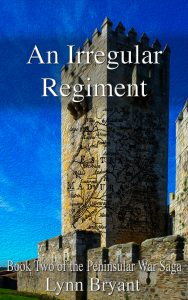
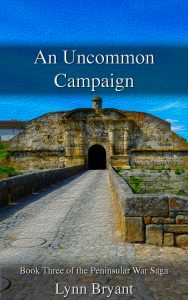

 The Sir Robert Carey novels by PF Chisholm came into my life many years ago, before I ever published a book. Without a doubt, they are among the books I’ve read that I genuinely wish I had written myself. They are a witty, intelligent, historically accurate and superbly crafted series of historical detective stories based around Sir Robert Carey, cousin to Queen Elizabeth, who was a real person and who wrote a charming autobiography, which brings his character to life extraordinarily well.
The Sir Robert Carey novels by PF Chisholm came into my life many years ago, before I ever published a book. Without a doubt, they are among the books I’ve read that I genuinely wish I had written myself. They are a witty, intelligent, historically accurate and superbly crafted series of historical detective stories based around Sir Robert Carey, cousin to Queen Elizabeth, who was a real person and who wrote a charming autobiography, which brings his character to life extraordinarily well.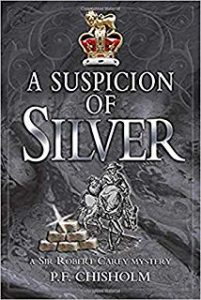 PF Chisholm is the pen name of Patricia Finney who has written a number of other books, all of them excellent. But the Carey books remain my favourites. The latest one, A Suspicion of Silver, is out this month, but for those who need to catch up, the earlier books have now been issued in several omnibus editions,
PF Chisholm is the pen name of Patricia Finney who has written a number of other books, all of them excellent. But the Carey books remain my favourites. The latest one, A Suspicion of Silver, is out this month, but for those who need to catch up, the earlier books have now been issued in several omnibus editions, 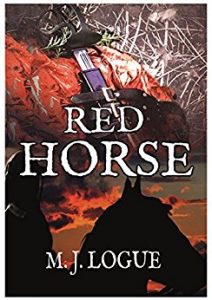 With M J Logue, you get two series for the price of one. The author, who writes historical novels set in the English Civil Wars and the Restoration, has created a family of characters who move from one series to the other, with a collection of excellent short stories and novellas popping up in between.
With M J Logue, you get two series for the price of one. The author, who writes historical novels set in the English Civil Wars and the Restoration, has created a family of characters who move from one series to the other, with a collection of excellent short stories and novellas popping up in between.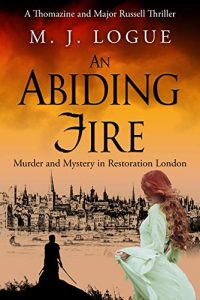 The same can be said of the author’s Restoration novels. Major Thankful Russell is back, serving the restored monarchy, a soldier reaching middle age, and finding himself in trouble and in love, with his former commander’s straight-talking daughter. Thomazine is twenty years his junior with a mind of her own and is determined to join her husband in every mad-brained scheme that his work as a government intelligencer gets him involved with. These books are currently being reissued, with the first book,
The same can be said of the author’s Restoration novels. Major Thankful Russell is back, serving the restored monarchy, a soldier reaching middle age, and finding himself in trouble and in love, with his former commander’s straight-talking daughter. Thomazine is twenty years his junior with a mind of her own and is determined to join her husband in every mad-brained scheme that his work as a government intelligencer gets him involved with. These books are currently being reissued, with the first book, 
 In the run up to Christmas, and with the latest book up and running, I’ve decided to devote this blog to sharing some of my favourite books with you. Last year, on Christmas Eve, I did a post about the Christmas Book Flood, or Jolabokaflod. The concept was new to me, but I loved it.
In the run up to Christmas, and with the latest book up and running, I’ve decided to devote this blog to sharing some of my favourite books with you. Last year, on Christmas Eve, I did a post about the Christmas Book Flood, or Jolabokaflod. The concept was new to me, but I loved it.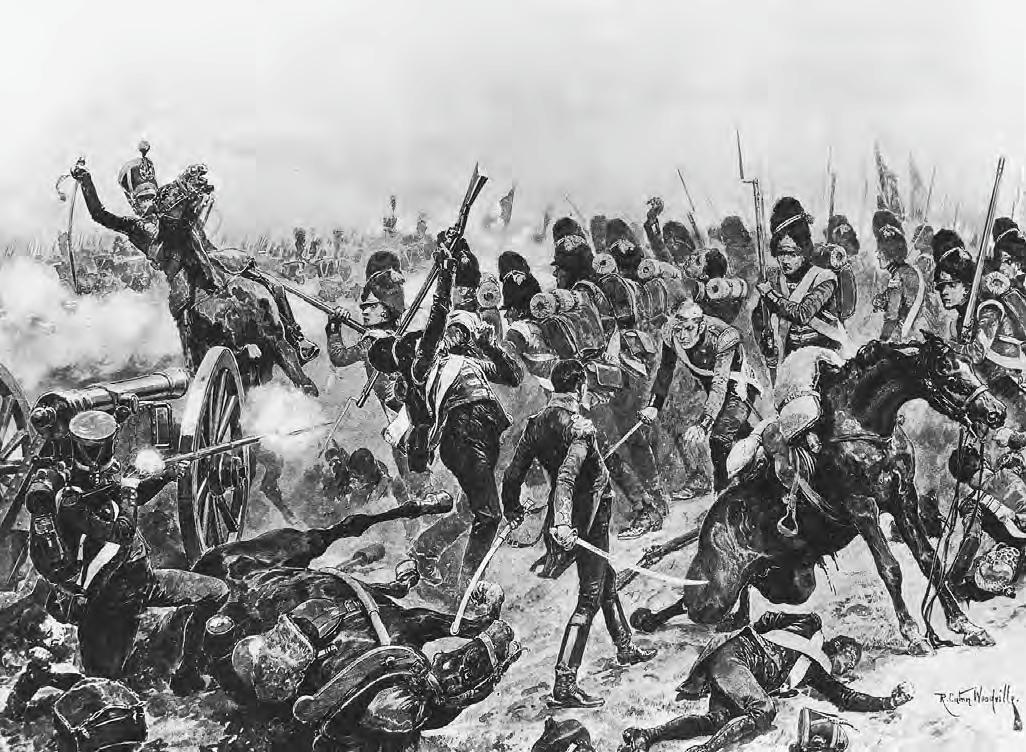

 Alongside the story of the regiment and the love story of Paul and Anne is the story of a friendship. Arthur Wellesley, later
Alongside the story of the regiment and the love story of Paul and Anne is the story of a friendship. Arthur Wellesley, later 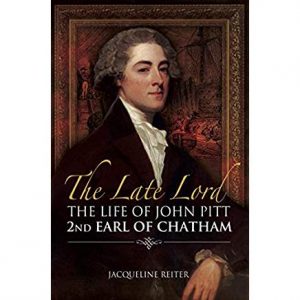 Who am I kidding…?
Who am I kidding…?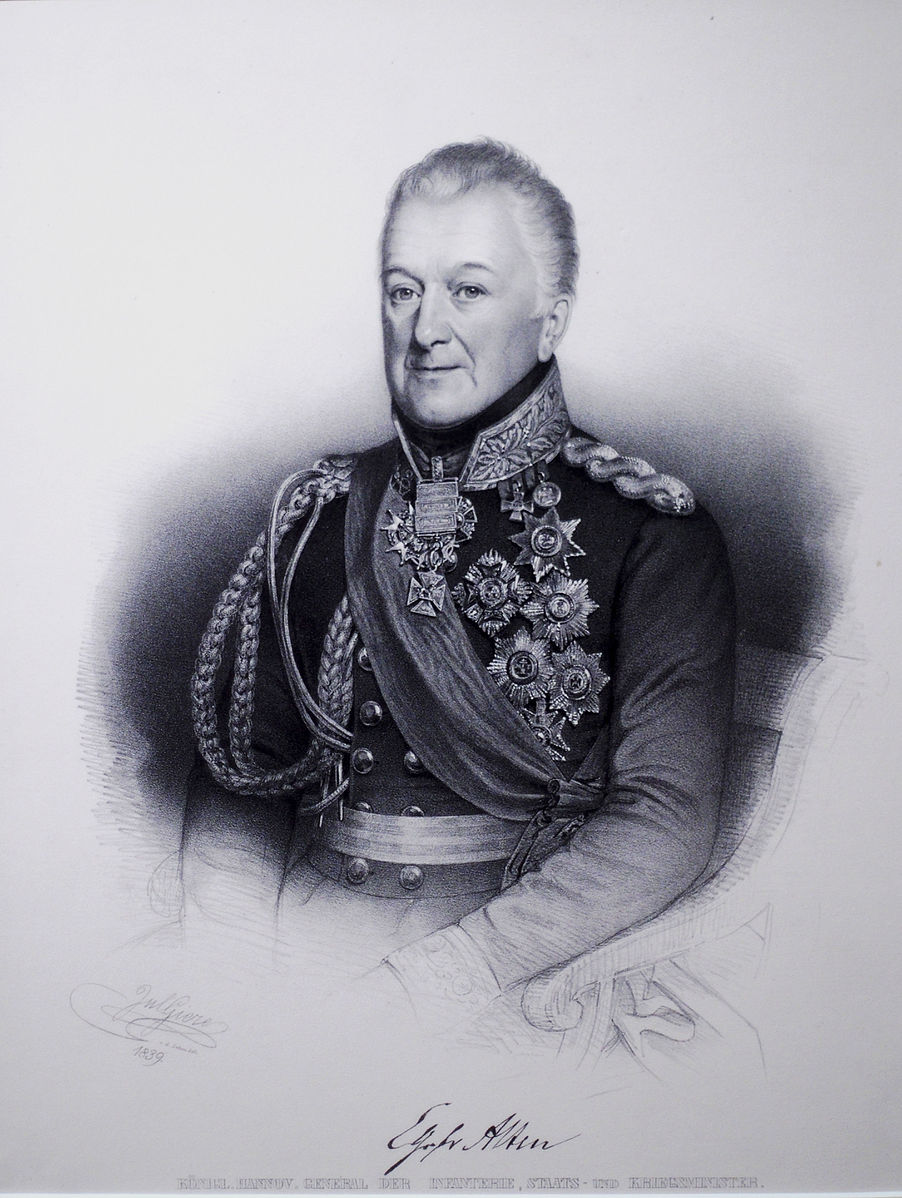
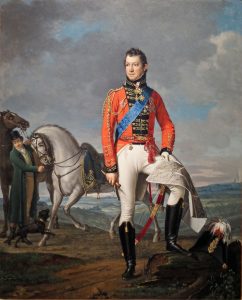 One of my new favourite characters in the Peninsular War Saga, is Lieutenant-General Charles Alten, who took over command of the light division in May 1812, after
One of my new favourite characters in the Peninsular War Saga, is Lieutenant-General Charles Alten, who took over command of the light division in May 1812, after 
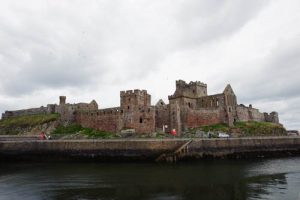 Peel is on the west coast of the Isle of Man, a pretty little town, with the ruins of a magnificent castle, originally built by the Vikings, standing on St Patrick’s Isle. The castle was built in the eleventh century, originally of wood, and was added to over the centuries. The cathedral was also located on the island until it was abandoned during the eighteenth century. Peel Castle is now owned by
Peel is on the west coast of the Isle of Man, a pretty little town, with the ruins of a magnificent castle, originally built by the Vikings, standing on St Patrick’s Isle. The castle was built in the eleventh century, originally of wood, and was added to over the centuries. The cathedral was also located on the island until it was abandoned during the eighteenth century. Peel Castle is now owned by  Moving to the island back in 2002, I had never heard of the Moddey Dhoo until my first visit to Peel Castle. When we acquired Toby, our huge black labrador, we were frequently greeted by strangers when we were walking him, comparing him to Peel’s most famous canine. With Toby gone now, we have Oscar, a younger version, to keep the old legend fresh in our minds.
Moving to the island back in 2002, I had never heard of the Moddey Dhoo until my first visit to Peel Castle. When we acquired Toby, our huge black labrador, we were frequently greeted by strangers when we were walking him, comparing him to Peel’s most famous canine. With Toby gone now, we have Oscar, a younger version, to keep the old legend fresh in our minds.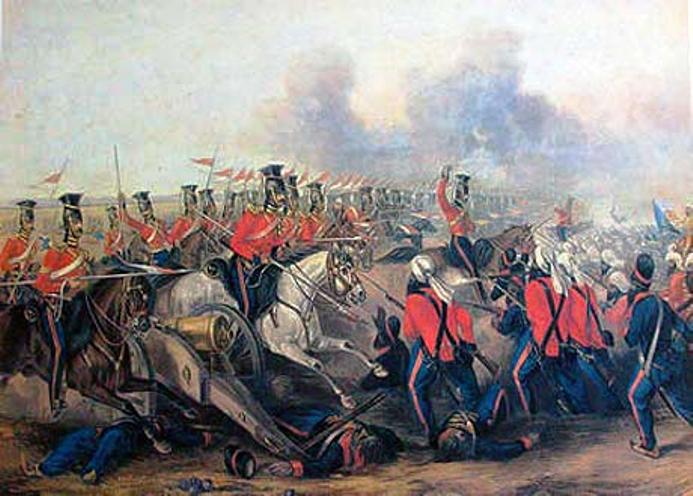
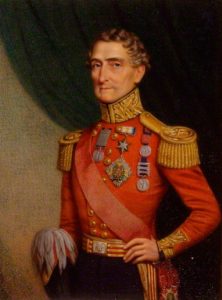
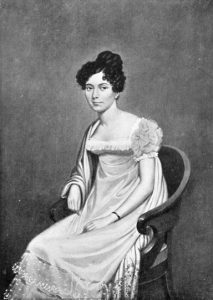 In April, Wellington’s army successfully stormed Badajoz and the army sacked the city, turning into a drunken mob whom even their own officers could not control for several days. Looting, murder and rape were committed openly and many citizens, especially women, fled from the town to take refuge at the British lines, hoping that the officers would protect them. One such lady, whose home had been destroyed, brought her younger sister with her, a girl of fourteen newly returned from a convent education. Juana Maria de Los Dolores de Leon appears to have shaken off the restrictions of her upbringing very quickly. Within a few days she was the wife of Captain Harry Smith and remained by his side for the rest of the war.
In April, Wellington’s army successfully stormed Badajoz and the army sacked the city, turning into a drunken mob whom even their own officers could not control for several days. Looting, murder and rape were committed openly and many citizens, especially women, fled from the town to take refuge at the British lines, hoping that the officers would protect them. One such lady, whose home had been destroyed, brought her younger sister with her, a girl of fourteen newly returned from a convent education. Juana Maria de Los Dolores de Leon appears to have shaken off the restrictions of her upbringing very quickly. Within a few days she was the wife of Captain Harry Smith and remained by his side for the rest of the war.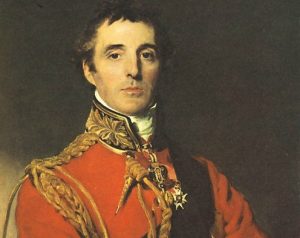 “I have read the account of many a battle, but I never read the account of one in which more ability, energy, and experience have been manifested than in this. I know of no one, in which an officer ever showed himself more capable than this officer has, in commanding troops in the field. He brought every description of troops to bear with all arms, in the position in which they were most capable of rendering service; the nicest manoeuvres were performed under the fire of the enemy with the utmost precision, and at the same time, with an energy and gallantry on the part of the troops never surpassed on any occasion whatever in any part of the world. I must say of this officer, that I never have seen any account which manifests more plainly than his does, that he is an officer capable of rendering the most important services and of ultimately being an honour to this country.”
“I have read the account of many a battle, but I never read the account of one in which more ability, energy, and experience have been manifested than in this. I know of no one, in which an officer ever showed himself more capable than this officer has, in commanding troops in the field. He brought every description of troops to bear with all arms, in the position in which they were most capable of rendering service; the nicest manoeuvres were performed under the fire of the enemy with the utmost precision, and at the same time, with an energy and gallantry on the part of the troops never surpassed on any occasion whatever in any part of the world. I must say of this officer, that I never have seen any account which manifests more plainly than his does, that he is an officer capable of rendering the most important services and of ultimately being an honour to this country.”